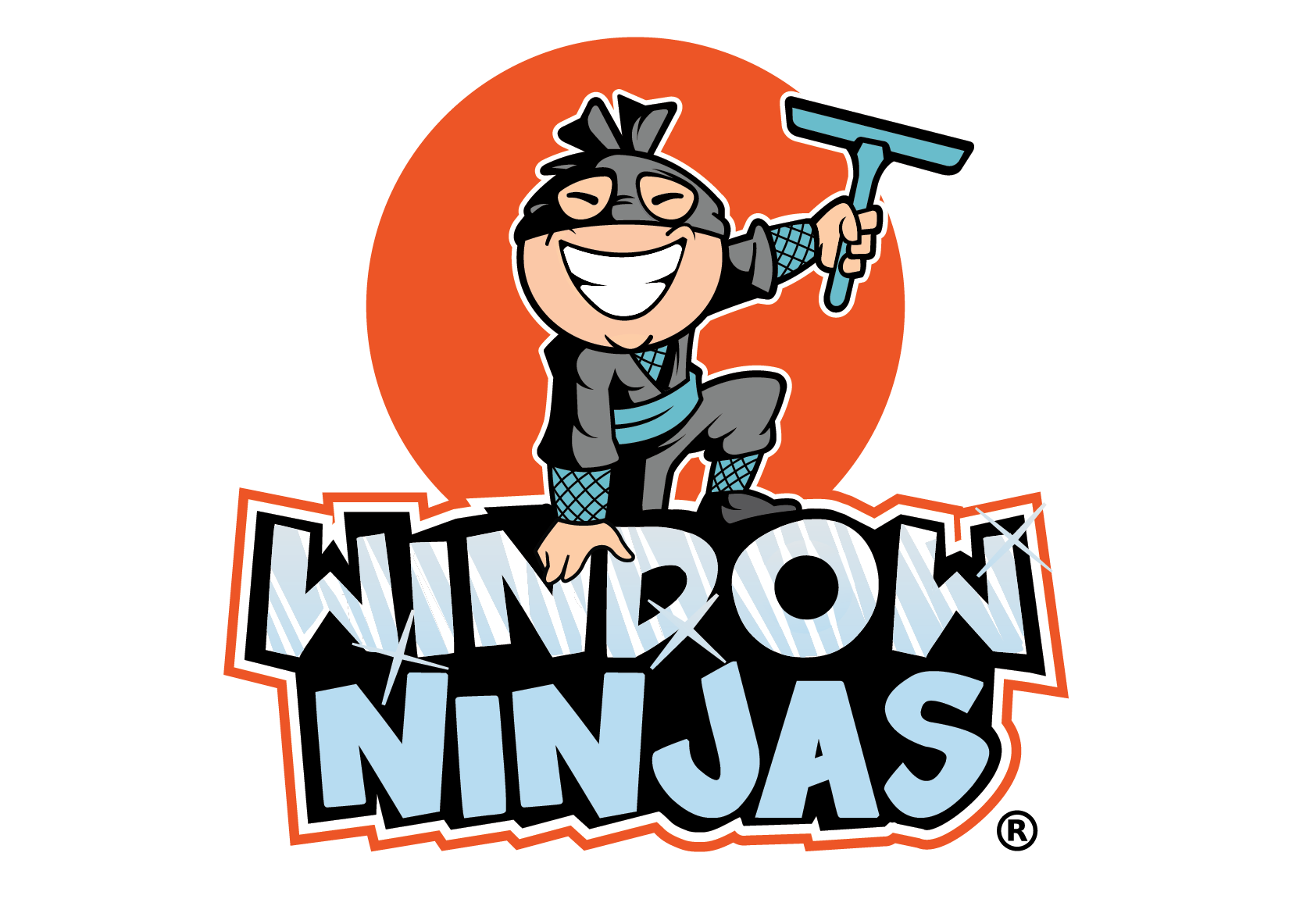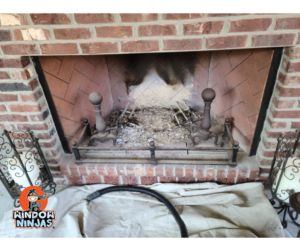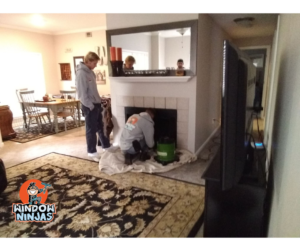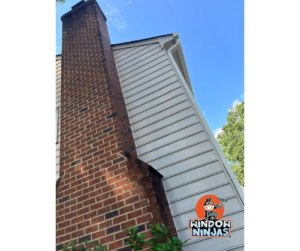When was the last time you had your chimney cleaned? If you can’t think of the answer quickly, then it’s time to service your fireplace. Keeping your chimney system clean is critical to a safe, cozy home. But how do you clean a chimney stack fireplace?
In this article, we will discuss how often you need to clean your chimney in Richmond, VA. Additionally, you’ll learn what hazards can occur with a filthy chimney flue. Finally, we will explain how to clean a chimney stack fireplace.
Ready for a perfect fire on a cold evening? Cozy up and read on!
How Often Do You Need a Chimney Sweeping?
Cleaning your chimney stack fireplace is a crucial part of home maintenance. But how often should you do it? The answer is more complex than you might think, with several factors influencing the frequency.
Firstly, how frequently and what type of fuel you burn can affect the amount of soot and creosote build-up in your chimney. For instance, burning wet wood can lead to more build-up than dry wood. If you frequently use your fireplace, you should clean your chimney more often.
The Chimney Safety Institute of America suggests that chimneys should be cleaned when 1/8″ of sooty build-up is evident inside. This seemingly small amount can be enough to cause a chimney fire that is hard to control.
Regardless of how often you use your fireplace, the National Fire Protection Association (NFPA) recommends that all chimneys, fireplaces, and vents be inspected at least once a year for soundness, freedom from deposits, and correct clearances. Even if you don’t use your fireplace often, animals or weather could cause damage or blockages that need addressing.
Additionally, NFPA and other experts recommend getting your chimney cleaned and inspected once a year by a qualified professional. They have the tools and knowledge to do a thorough job and spot any potential issues early.
In conclusion, while the frequency can vary based on your specific circumstances, a good rule of thumb is an annual inspection and cleaning. This ensures your chimney stack fireplace stays efficient, safe, and ready to warm your home when needed.
What Can Happen Without a Regular Cleaning?
Neglecting the cleanliness of your chimney stack fireplace can lead to a series of serious problems. Here’s what can happen if you don’t regularly clean and maintain your chimney:
- Chimney Fires: The most dangerous consequence is the risk of a chimney fire. Over time, a flammable substance called creosote builds up inside the chimney. If it catches fire, it can lead to a devastating blaze quickly spreading to the rest of your home.
- Carbon Monoxide Poisoning: Incomplete combustion produces carbon monoxide, a colorless, odorless, deadly gas. A blocked or poorly maintained chimney may not vent this gas properly, leading to its buildup inside your home.
- Decreased Efficiency: A dirty chimney can also affect the efficiency of your fireplace. Excessive soot can restrict air flow, causing your fire to burn less efficiently and produce less heat.
- Damage and Expensive Repairs: Soot and creosote buildup can erode the lining of your chimney, leading to costly repairs. Additionally, blockages can cause smoke and soot to seep into your home, staining walls and furniture.
- Unwanted Guests: A neglected chimney can become a welcoming home for birds, squirrels, or other small animals, leading to noise, odors, and potential blockages.
In conclusion, regular cleaning and maintenance of your chimney stack fireplace are essential for your home’s safety, comfort, and overall upkeep. By preventing these potential issues, you can enjoy the warmth of your fireplace without worry.
How Do You Clean a Chimney Stack Fireplace?
Cleaning a chimney stack fireplace is an essential task that ensures the safety and efficiency of your home heating system. Here’s a step-by-step guide to help you navigate this process:
- Step 1: Prepare Your Workspace: Before beginning, it’s crucial to protect your home’s interior from soot and debris. Close the door to the wood stove or tape plastic across the fireplace opening to prevent dust from spreading.
- Step 2: Access the Chimney: Safely climb onto the roof, ensuring you’re using appropriate safety gear. Once there, remove the chimney cap to access the flue.
- Step 3: Brush the Flue: The challenging part is removing the soot and tar deposits. Using a chimney brush attached to a flexible rod, brush the inside of the flue. Start from the top and work your way down, brushing up and down in small sections to effectively dislodge the soot.
- Step 4: Clean the Chimney Stack: After brushing, find your chimney cleanout, usually on the backside of your fireplace or chimney. Use a shovel or shop vac to remove all the loosened soot and debris.
- Step 5: Inspection: With a flashlight, inspect the chimney for any signs of damage or blockages. If you notice large cracks or excessive soot build-up, it might be time to call a professional.
- Step 6: Seal Everything Back Up: Replace the chimney cap and ensure the fireplace or wood stove is securely closed.
Remember, while this guide provides a general overview of how to clean a chimney stack fireplace, hiring professionals is always recommended if you need more clarification. Regular cleaning and maintenance ensure your fireplace’s longevity and your home’s safety.
Closing Thoughts
In conclusion, you must regularly clean your chimney stack fireplace. Follow these steps, prepare your space, and your chimney will burn clean and clear fires all winter. Of course, if you feel unable to take on this task, you can easily call in the pros. And who better to call in than the professionals at Window Ninjas?
With over 30 years of experience, our highly trained team of professionals are ready to prep your chimney stack fireplace for the cold. We guarantee a stress-free cleaning of your chimney, and your living room will be mess-free. Contact us today at 804-256-3221, or visit our website at windowninjas.com.




